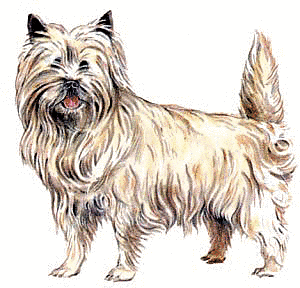Tartar – A Silent But Smelly Enemy
by Ben J. Character, DVM
What is that smell? You know the one; it comes with the sweet kiss from your favorite pooch! Chances are, that smell is coming from his or her teeth. The build-up of tartar on the teeth of our dogs and cats is a constant battle for some.
A moderate to severe build-up of tartar can create several health issues. We have already discussed the bad smell that can occur, but there are other problems that potentially have far-reaching consequences. Plaque and tartar are full of bacteria that build-up and create gingivitis or inflammation of the gums. As the gums recede because of chronic aggravation, bleeding will occur. Most of the time, this bleeding is so slight that it is not even noticeable, however, it allows an opportunity for the bacteria to enter the blood stream. The bacteria can then travel to the heart, kidneys, and even joints, and may cause lifelong or even terminal illness.
If your furry friend has a tartar buildup problem, the first step is to have a dental cleaning performed. This will remove all the tartar and polish the teeth to decrease the ability of more tartar formation. In some cases, this will provide adequate treatment to keep tartar at bay for several years. Some pets will require a more aggressive program to control the buildup. There are several products available to help aid in the control of tartar formation. There is special food that helps knock the tartar off of the teeth while your pet is eating, and dental chews with enzymes that are released during the chewing process to help keep tartar formation down. There are specialty toothbrushes and toothpaste available for actually brushing the teeth as well.
At your pet’s next check up, be sure to ask about whether or not his or her teeth are in good condition, and consider having a dental exam and cleaning performed.


